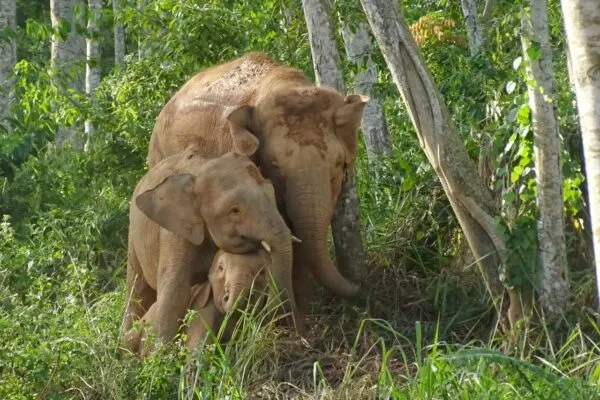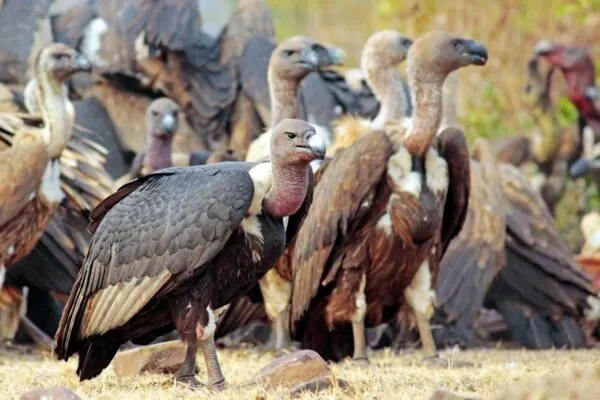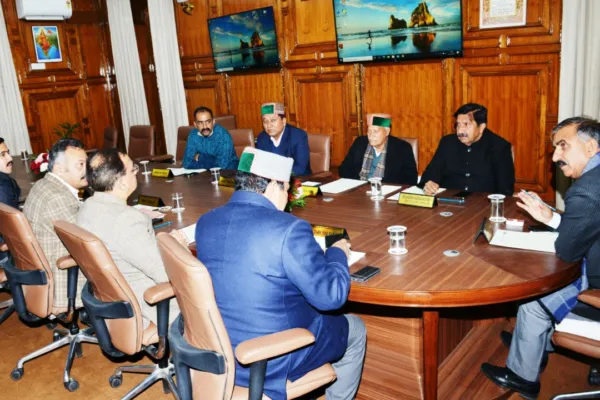Interview with British Malacologist Fred Naggs on Wildlife Conservation
A former employee at the Natural History Museum, London, Naggs studied Mollusca species in south and southeast Asia to determine their significance in the Animal Kingdom
Humankind has encroached deep in forests, putting numerous wildlife species in jeopardy – both flora and fauna. To protect the planet from imminent doom, it is essential to protect every species to maintain the ecological equilibrium. While there are many conservation efforts set in motion for big, endangered mammal species such as elephants, rhinos, tigers and et al. rarely any attention is paid to the tiny organisms such as invertebrates that play a huge part in the ecosystem.
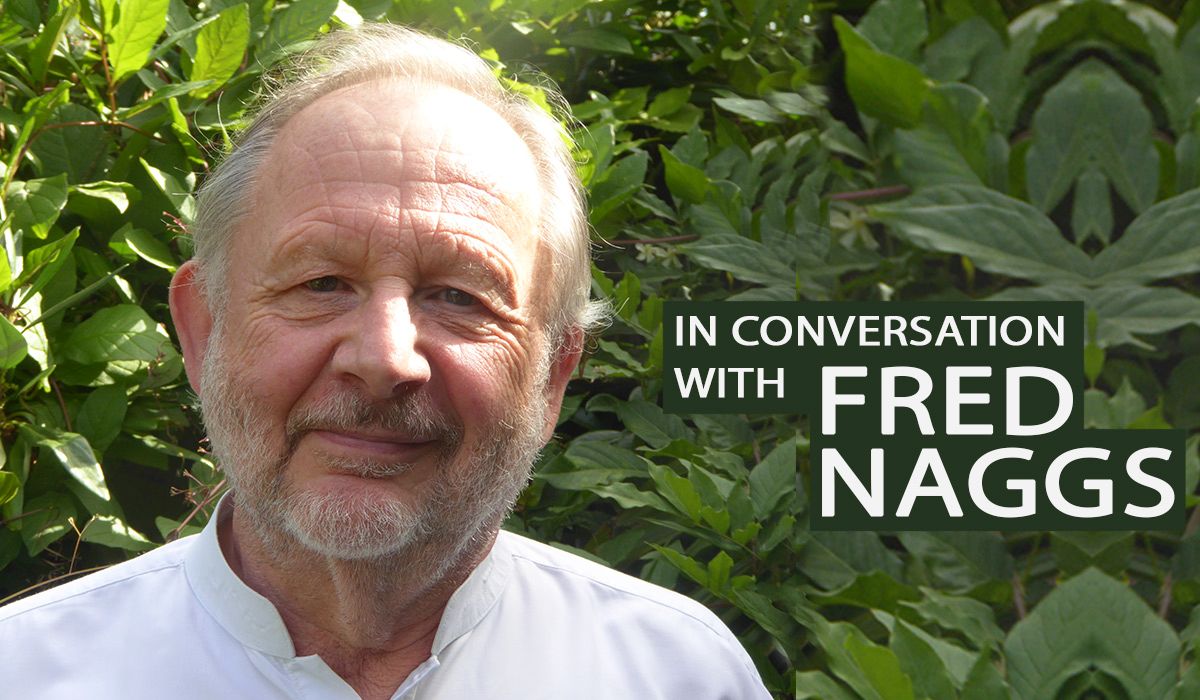
However, there are people working to enlighten the world about the significant role that invertebrate species such as snails play in maintaining balance. We were fortunate enough to get into a conversation with the British malacologist Professor Fred Naggs, Scientific Associate at the Natural History Museum, London. He gives us a profound insight into his work and on how the smallest species are as essential as the behemoth ones.
Let’s read through how passionately he talks about wildlife, shall we?
Planet Custodian (PC): You have worked at the Natural History Museum for over 4 decades. How was the experience?
Prof. Naggs: It was a great privilege to work in such a famous institution. Research collections included some 12 – 15 million specimens of Mollusca collected from around the world by such people as Captain Cook, Charles Darwin, Alfred Russel Wallace, Henri Mouhot and many, many others. Literature resources were comprehensive. Technical resources and support included outstanding light imaging facilities, electron microscopy and micro-CT scanning.
No less of a privilege was being able to work both with colleagues, who were outstanding scientists, and with excellent research students. Every week saw visitors from the major UK and international museums and universities. Working in a grand neo-gothic building in a location surrounded by outstanding centres of academic and cultural institutions were added bonuses.
However, with such resources come responsibilities, and it was apparent that while there were many visitors working at the Museum from Europe, North America, Australia and Japan, relatively few came from tropical, biodiversity-rich countries. Starting in the late 1990s and working with my colleague Dinarzarde Raheem, we secured external funding to embark on international programmes in South and later Southeast Asia.
These were capacity building, survey-based projects that made the Museum’s resources available to project partners and included periods with partners working with us at the Museum. The collaboration included the supervision of Ph.D. students and postdoctoral researchers.
In addition to research in forest fragmentation ecology, taxonomy and systematics (including molecular phylogenetics) we worked with local communities and on outreach projects, including popular guides, some of which were published in local languages.
PC: Why most of your work is focused on south and tropical Southeast Asia?
Prof. Naggs: For historical reasons, resources from South and Southeast Asia are very well represented in the Museum’s collections. The region was an obvious choice. My first experience of the tropics was a visit to Sri Lanka in 1973, shortly before I joined the Museum. I was overwhelmed by the diversity of the natural beauty of the island, its rich archaeology and wildlife – all of which made a deep and lasting impression.
It was a natural development to extend my interests to the whole region. A big influence on my life is my wife Susie who was born in Sri Lanka. Susie is not a scientist but she has been incredibly supportive of my career, participating in all aspects of fieldwork – from sampling specimens to administration.
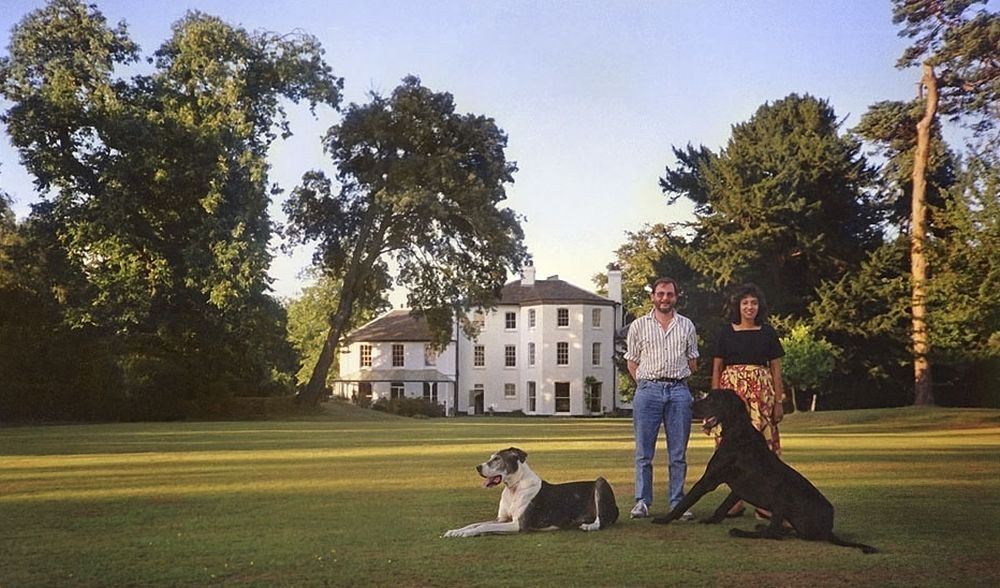
Fred Naggs and his wife Susie in 1989 when Naggs was acting curator of Down House, Charles Darwin’s home in Kent | Image: Fred Naggs
PC: The effect invertebrates have on the entire ecosystem, can you elaborate more?
Prof. Naggs: Many invertebrates act at the second trophic level and as a food source for numerous other animals such as many species of birds, reptiles, amphibians and small mammals. If invertebrates disappear, so will all these other organisms that are dependent on them for food. But invertebrates also have numerous other roles to play in the ecosystem. Insects, of course, play a key role in pollinating plants and, many snails are detritivores, contributing to the recycling of nutrients.
PC: Which invertebrate groups are the most threatened amid the tormenting extinction wave the planet is going through?
Prof. Naggs: Most extinctions are occurring in terrestrial and freshwater habitats. There are more recorded extinctions of land snails than there are for any other group. Most of these records are from oceanic islands but we can be sure that numerous species have also gone extinct on continental landmasses. Unlike many insects, snails do not run and they cannot fly thus, with changes in climate, they cannot escape from isolated pockets of natural habitat that are surrounded by human transformed land.
Nevertheless, there will surely have been numerous insect extinctions that have gone largely unrecorded. I recommend Dave Goulson’s 2021 book on the subject: Silent Earth. In Biological Reviews, Robert Cowie, Philippe Bouchet and Benoît Fontaine have just published a scholarly and very important review on invertebrate extinctions: “The Sixth Mass Extinction: fact, fiction or speculation?”
PC: Your work mostly revolves around mollusks, especially snails. How and what inspired you to delve deeper into this subject?
Prof. Naggs: My initial introduction to snail diversity was by chance – it was the job that was on offer. But I soon came to realize that snails are not only fascinating in their own right but they are powerful ‘tools’ for understanding evolution, ecology, phylogenetics and biogeography. They are also a key group for investigating extinctions. Shells can be found even long after the animal has died, which facilitates their collection and study. Shells also have a rich fossil record.
PC: What crucial invertebrate species inhabit the most climate change-affected regions?
Prof. Naggs: I believe that all living diversity should be treasured and valued in its own right and not just for any particular ‘crucial’ role that might be performed in ecosystems. Tropical rainforests are centers of diversity and endemism that have built up over many millions of years. They are being obliterated and degraded by human exploitation. Independently of global climate change, forest clearance also has a major impact on local climate – a drying out effect that accelerates damage to remaining forest ecosystems and further drives extinctions.
We are seeing clear signs of climate change in forest systems around the world with ever-increasing incidences of devastating forest fires. The wonderful species diversity of Madagascar is being rapidly destroyed by a combination of factors. Climate change plays a part as does the desperation engendered by extreme poverty to destroy the ecosystems that might otherwise sustain human existence; political instability, rapid human population growth, corruption and corporate greed add to the problems.
PC: How habitat loss and fragmentation affect these populations?
Prof. Naggs: A large proportion of tropical rainforest species can survive only in undisturbed forests, and with increasing levels of disturbance, fewer and fewer species survive. A subset of species can survive in forest-like habitats such as traditional home gardens that have a diversity of crop species and where insecticides, herbicides and excessive nutrient supplements are not used. In more intensively cultivated land, most native species are replaced by exotic alien species, and where industrialized farming is practiced diversity reaches its lowest levels.
PC: Can you describe the aftermath of fragmentation on tropical forest land snails?
Prof. Naggs: Even small fragments of forest can retain a rich biota for long periods but they are clearly on borrowed time. Increased disturbance and climate change chip away at the resilience of the biota’s ability to retain its diversity. Because many species – the majority, have restricted distributions, forest fragments retain species that have been lost elsewhere. They are therefore of critical importance for conserving species and forest fragments need to be treasured and safeguarded. Obviously, for longer-term survival, it is important to restore forest connectivity wherever possible.
I am deeply concerned that surviving precious forest fragments are not given sufficient recognition as treasures of biodiversity. The protection that has recently been removed from numerous forest patches in Sri Lanka is not only a tragedy for Sri Lanka but for anyone who cares about protecting living diversity.
PC: How successful do you reckon man-made wildlife corridors have been in conservation?
Prof. Naggs: While I recognize the critical importance of wildlife corridors, I have not been involved with any related projects, so I cannot speak with any experienced authority.
It’s important to make a clear distinction between corridors that provide routes for target species to move from one habitat to another and corridors of forest species that act as forest ecosystem corridors. The first category can cater to a wide range of species from pathways for elephants to migrate through their range to toads being provided with tunnels to cross roads. There are many successful examples. However, providing full ecosystem pathways for tropical rainforest species takes time to establish and requires a great deal more effort. Much more needs to be done but it is achievable.
My knowledge of examples is limited but excellent progress can be found in North Queensland where TREAT, a community-based tree planting group was formed in 1982 and has a membership of over 500 volunteers. A small but significant step in Sabah is a WWF-Malaysia project to convert a small area of an existing oil palm plantation to establish a corridor, and the Rhino and Forest Fund in Sumatra has purchased an area of oil palm to plant a native tree forest corridor. Such corridors can be facilitated and managed by, for example, introducing leaf litter with constituent invertebrates to seed the progress of a functioning ecosystem corridor.
Such projects need to be monitored to determine the most effective means of developing them. We cannot claim success yet and, in relation to the number of forest fragments, the number of corridors in development is very small indeed. Nevertheless, such corridors are extremely important and worthy of focused effort.
PC: Any suggestions for our readers, as to how they can help protect wildlife species from extinction?
Prof. Naggs: In addition to efforts on a national scale and large nature reserves, it is critically important that conservation has a local dimension that involves individuals and local communities. Local action can take many forms. Individuals can look around them and see what opportunities there might be, even on the smallest scale, virtually everyone can do something.
Gardens can be developed to be wildlife-friendly without using insecticides and herbicides and even planting on verandas can be insect-friendly. Even better is for like-minded people to join together and find a common purpose in making a difference in the areas in which they live. There may already be a local group that needs more support. There are always opportunities even in cities.
With 850,000 members, the 43 local wildlife trusts in the UK, including one in London, started with just a few local enthusiasts. However, with negligible endemism, from a global perspective, the UK’s biodiversity is of very low priority – even if it means a great deal to those of us who live there. The greatest priority is where unique biotas are under the greatest threat of extinction, which is why priority concerns are for tropical rainforests. Identifying where forest patches occur and who owns them is the first step.
Establishing local awareness, a sense of ownership over local environments, engenders a sense of value and responsibility for safeguarding and enhancing local habitats. For long-term protection, look into the possibilities for establishing forest corridors. Communicate with other groups such as TREAT to find out how they worked towards their ambitions. These are difficult but important challenges.
PC: What other conservation projects did you take up while at the Natural History Museum?
Prof. Naggs: I have come to recognize that despite our best efforts that human numbers and human consumption will continue to drive extinctions and a backup system is needed to conserve species and genetic diversity. Advances in reproductive technology and cryogenic storage allow the preservation of living cells. We cannot know what the future holds but, at some point we can only hope that humankind can live in harmony with the natural world. Endowing future generations with the possibility of restoring living diversity is something we can and therefore surely should do.
A few zoos around the world are taking a lead in this, most notably the Frozen Zoo at San Diego. Most recently Paignton Zoo in Devon, UK, has teamed up with the charity Nature’s Safe to this end. With support from the Zoological Society of London and the Frozen Ark, in 2013, I led a joint trial with the Vietnam National Museum of Nature to collect land snails in northern Vietnam and make viable cell preparations.
Using reagents that served as nutrients, antibiotics and antifreeze, and storing in vapor phase nitrogen at below -196°C, the living cells could be stored indefinitely. Unfortunately, because of health issues, I had to retire and the programme came to an abrupt end.
PC: Any ongoing studies or projects of significance for the global community?
Prof. Naggs: Health issues mean that I am no longer an active participant in leading projects and I am constrained to do what I can from home. I have passed the baton to my colleagues, ex Ph.D. and postdoctoral researchers.
